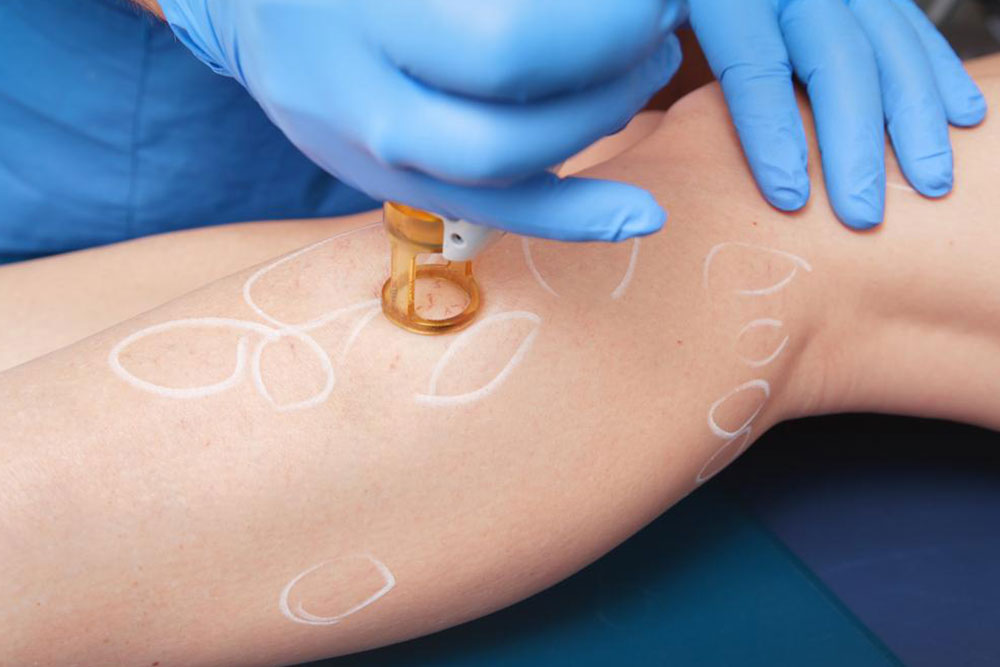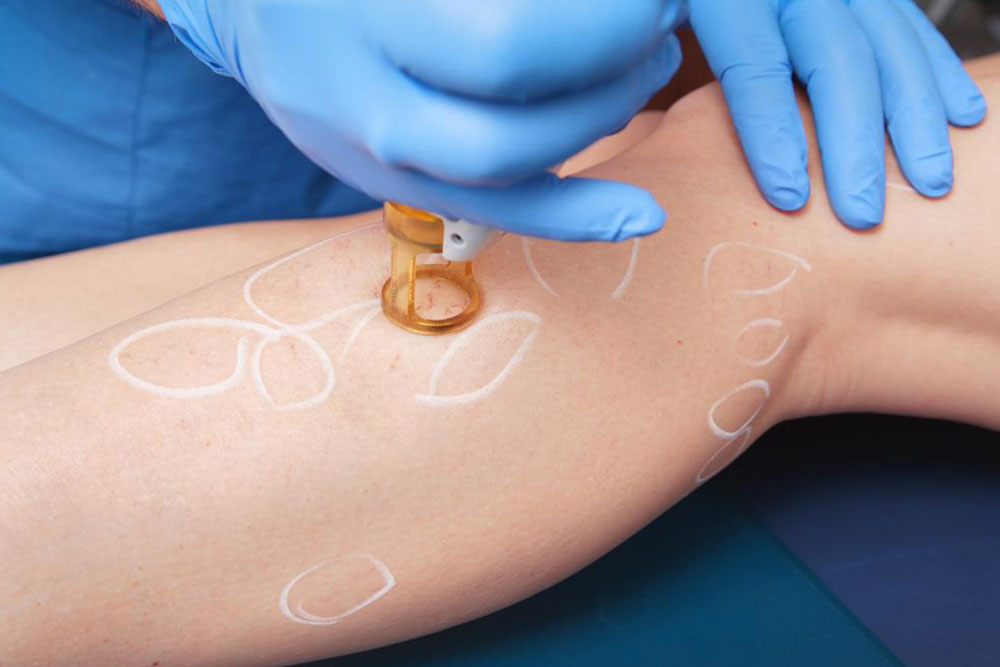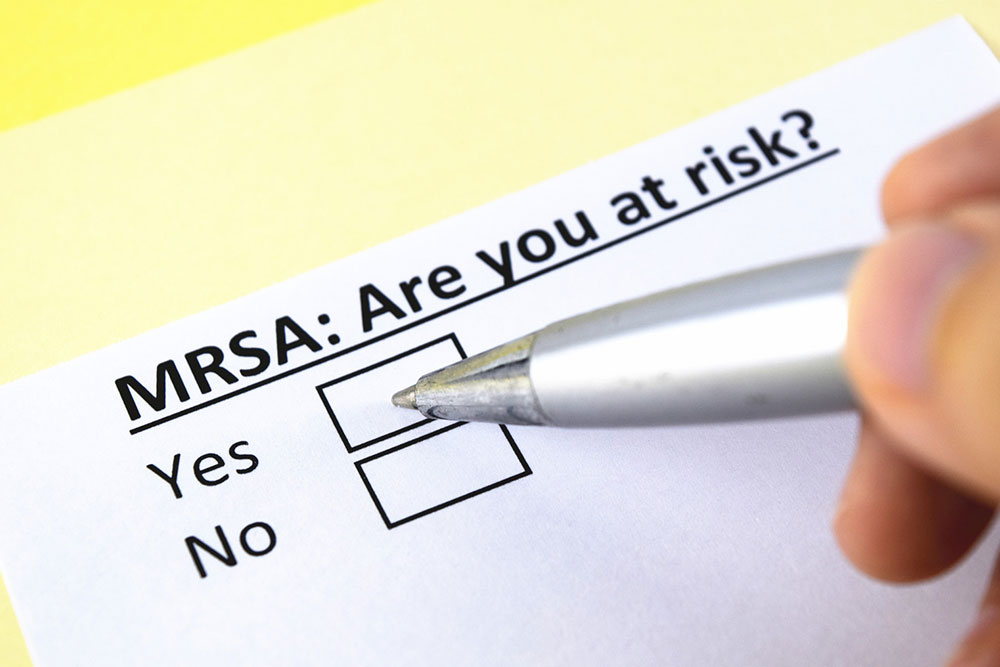Comprehensive Guide to Effectively Managing Leg Cellulitis
This comprehensive guide provides detailed insights into recognizing, treating, and preventing leg cellulitis, a bacterial skin infection affecting the lower limbs. It emphasizes early diagnosis, proper antibiotic use, symptom management, and hygiene practices, offering essential tips for patients and caregivers to effectively manage this common condition and avoid complications.

Comprehensive Guide to Effectively Managing Leg Cellulitis
Leg cellulitis is a common, often painful bacterial skin infection that predominantly affects the lower legs. It is characterized by redness, swelling, warmth, and tenderness in the affected area, and if not treated promptly, it can lead to serious complications. Understanding how to recognize, manage, and prevent this condition is essential for individuals and healthcare providers alike. This detailed guide explores the causes, symptoms, treatment options, and preventive strategies for leg cellulitis.
Leg cellulitis occurs when bacteria such as streptococcus and staphylococcus infiltrate through broken skin, cuts, insect bites, or other skin breaches. Factors like poor hygiene, skin trauma, insect bites, crowded living conditions, and exposure to contaminated surfaces significantly increase the risk of developing this infection. Individuals with underlying health conditions such as diabetes, obesity, or compromised immune systems are at a higher risk of complications.
Early diagnosis and appropriate treatment are crucial for effective management. Healthcare providers typically diagnose cellulitis through a physical examination, observing for signs such as redness, swelling, warmth, and tenderness. In some cases, additional assessments or imaging may be necessary to rule out deeper infections or abscesses.
Treatment strategies include the use of antibiotics to combat the bacterial infection. The choice of antibiotics and duration of treatment depend on the severity of the infection. Mild cases may be managed with oral antibiotics for 10-21 days, while severe cases or those involving systemic symptoms like fever and chills may require hospitalization and intravenous (IV) antibiotics.
Drainage of skin blisters or abscesses may be necessary if pus accumulation occurs. It is also vital to complete the full course of antibiotics to prevent the recurrence of infection. Managing symptoms through pain relief, anti-inflammatory medications, and limb elevation can improve patient comfort and aid in recovery.
Preventing leg cellulitis involves maintaining good hygiene, promptly treating skin injuries, and avoiding skin trauma. Regular moisturizing and skin care can help maintain skin integrity, reducing vulnerabilities. For individuals prone to recurrent infections, healthcare providers may recommend additional preventive measures such as compression therapy or prophylactic antibiotics.
Early intervention is the key to preventing complications such as abscess formation, blood infections (sepsis), or chronic skin changes. If you notice signs of cellulitis, seek medical care promptly to ensure appropriate treatment and reduce the risk of serious health issues. Educating oneself about signs and risk factors can help in early detection and better management of leg cellulitis.





